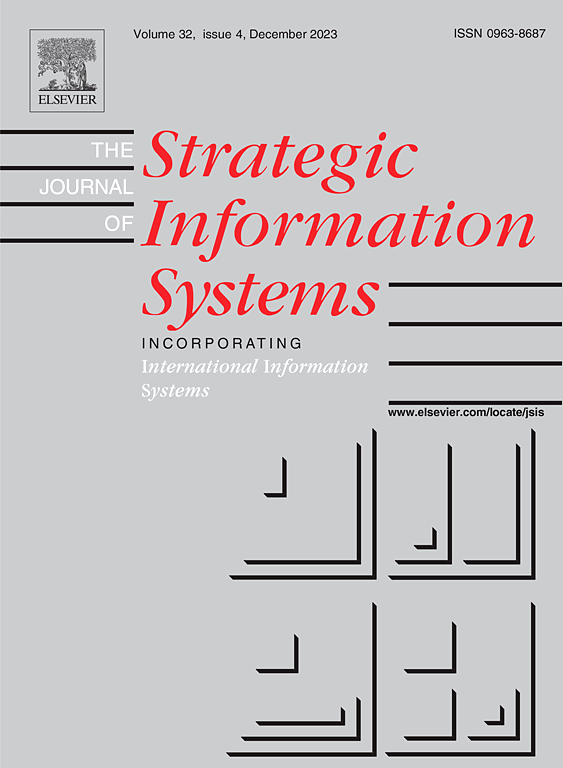Jacobi stability analysis for systems of ODEs with symbolic computation
IF 1.1
4区 数学
Q4 COMPUTER SCIENCE, THEORY & METHODS
引用次数: 0
Abstract
The classical theory of Kosambi–Cartan–Chern (KCC) developed in differential geometry provides a powerful method for analyzing the behaviors of dynamical systems. In the KCC theory, the properties of a dynamical system are described in terms of five geometrical invariants, of which the second corresponds to the so-called Jacobi stability of the system. Different from that of the Lyapunov stability that has been studied extensively in the literature, the analysis of the Jacobi stability has been investigated more recently using geometrical concepts and tools. It turns out that the existing work on the Jacobi stability analysis remains theoretical and the problem of algorithmic and symbolic treatment of Jacobi stability analysis has yet to be addressed. In this paper, we initiate our study on the problem for a class of ODE systems of arbitrary dimension and propose two algorithmic schemes using symbolic computation to check whether a nonlinear dynamical system may exhibit Jacobi stability. The first scheme, based on the construction of the complex root structure of a characteristic polynomial and on the method of quantifier elimination, is capable of detecting the existence of the Jacobi stability of the given dynamical system. The second algorithmic scheme exploits the method of semi-algebraic system solving and allows one to determine conditions on the parameters for a given dynamical system to have a prescribed number of Jacobi stable fixed points. Several examples are presented to demonstrate the effectiveness of the proposed algorithmic schemes. The computational results on Jacobi stability of these examples are further verified by numerical simulations.
二阶微分方程系统的雅可比稳定性分析
微分几何中发展起来的kosambii - cartan - chern (KCC)经典理论为分析动力系统的行为提供了一种有力的方法。在KCC理论中,动力系统的性质用五个几何不变量来描述,其中第二个不变量对应于系统的雅可比稳定性。与文献中广泛研究的李雅普诺夫稳定性不同,雅可比稳定性的分析最近使用几何概念和工具进行了研究。事实证明,现有的关于雅可比稳定性分析的工作仍然是理论性的,雅可比稳定性分析的算法和符号处理问题还有待解决。本文首先研究了一类任意维ODE系统的问题,并提出了两种用符号计算来检验非线性动力系统是否具有雅可比稳定性的算法方案。第一种方案基于特征多项式复根结构的构造和量词消去的方法,能够检测给定动力系统的雅可比稳定性是否存在。第二种算法方案利用半代数系统求解方法,并允许人们确定给定动力系统的参数具有规定数量的雅可比稳定不动点的条件。最后通过实例验证了所提算法的有效性。数值模拟进一步验证了上述算例的雅可比稳定性计算结果。
本文章由计算机程序翻译,如有差异,请以英文原文为准。
求助全文
约1分钟内获得全文
求助全文
来源期刊

Journal of Symbolic Computation
工程技术-计算机:理论方法
CiteScore
2.10
自引率
14.30%
发文量
75
审稿时长
142 days
期刊介绍:
An international journal, the Journal of Symbolic Computation, founded by Bruno Buchberger in 1985, is directed to mathematicians and computer scientists who have a particular interest in symbolic computation. The journal provides a forum for research in the algorithmic treatment of all types of symbolic objects: objects in formal languages (terms, formulas, programs); algebraic objects (elements in basic number domains, polynomials, residue classes, etc.); and geometrical objects.
It is the explicit goal of the journal to promote the integration of symbolic computation by establishing one common avenue of communication for researchers working in the different subareas. It is also important that the algorithmic achievements of these areas should be made available to the human problem-solver in integrated software systems for symbolic computation. To help this integration, the journal publishes invited tutorial surveys as well as Applications Letters and System Descriptions.
 求助内容:
求助内容: 应助结果提醒方式:
应助结果提醒方式:


